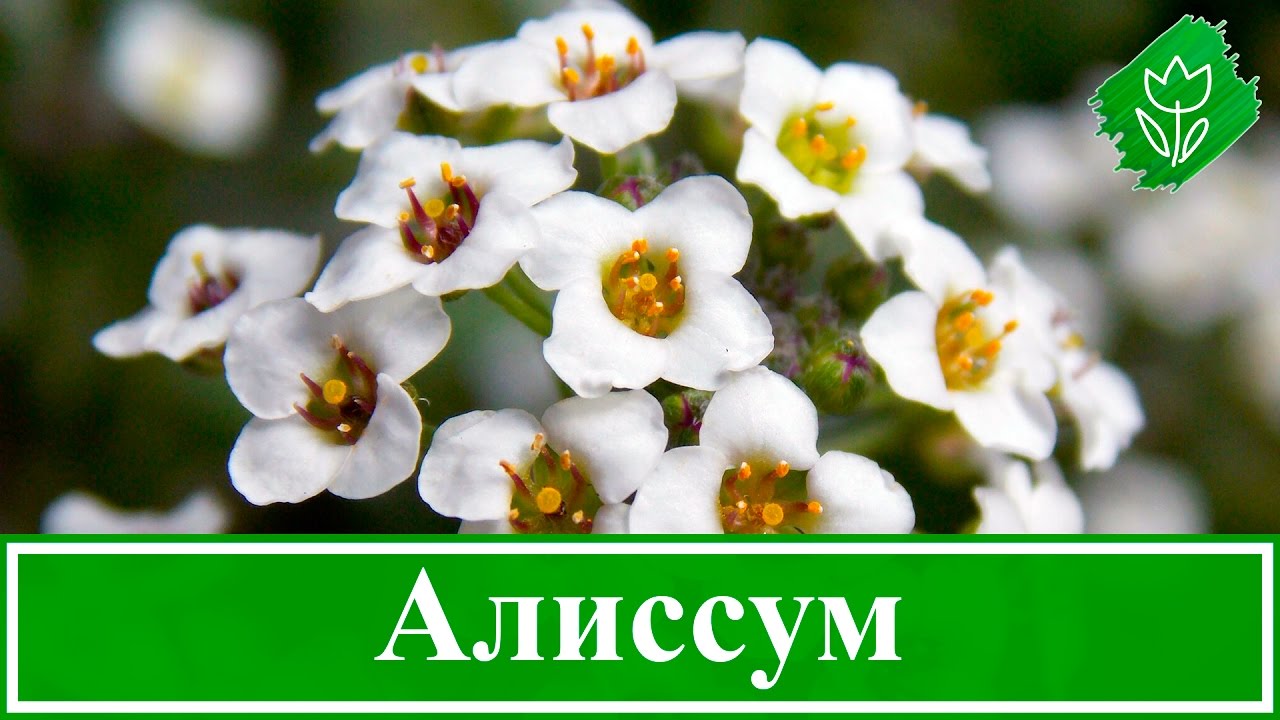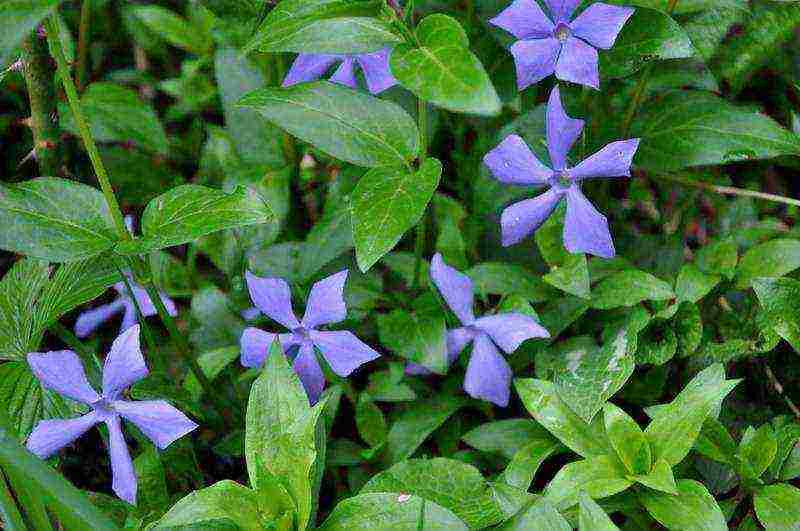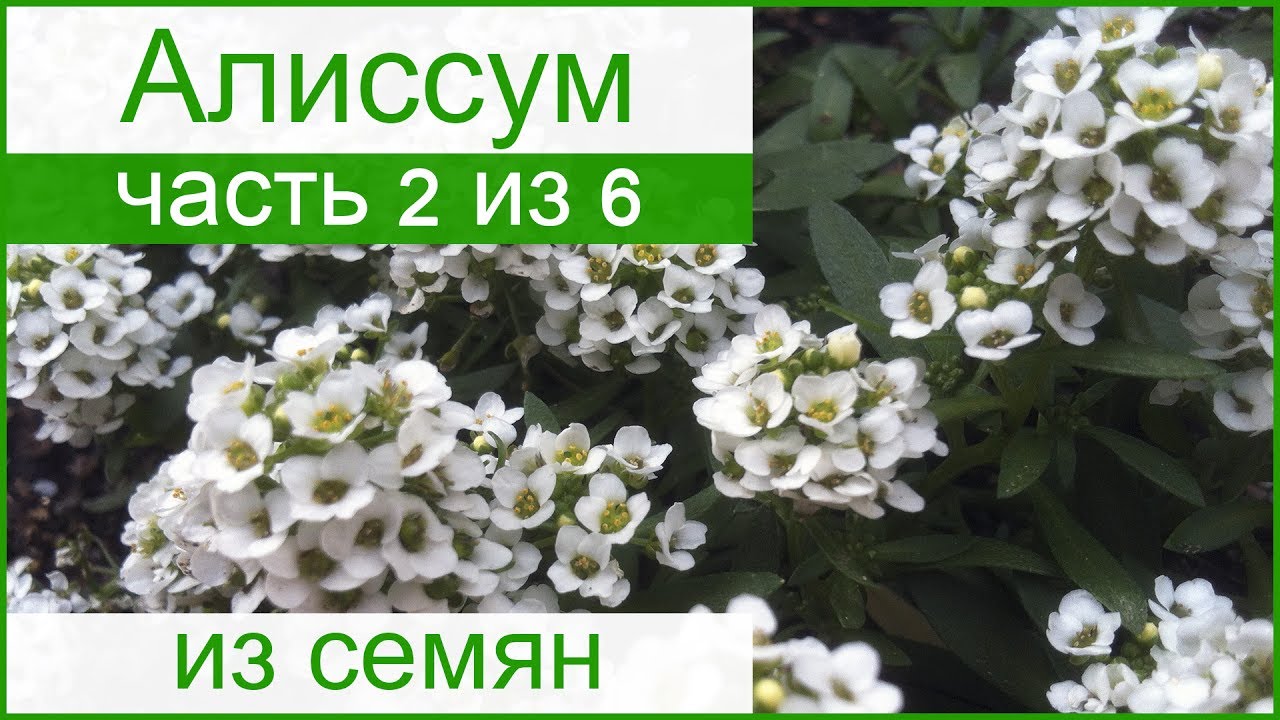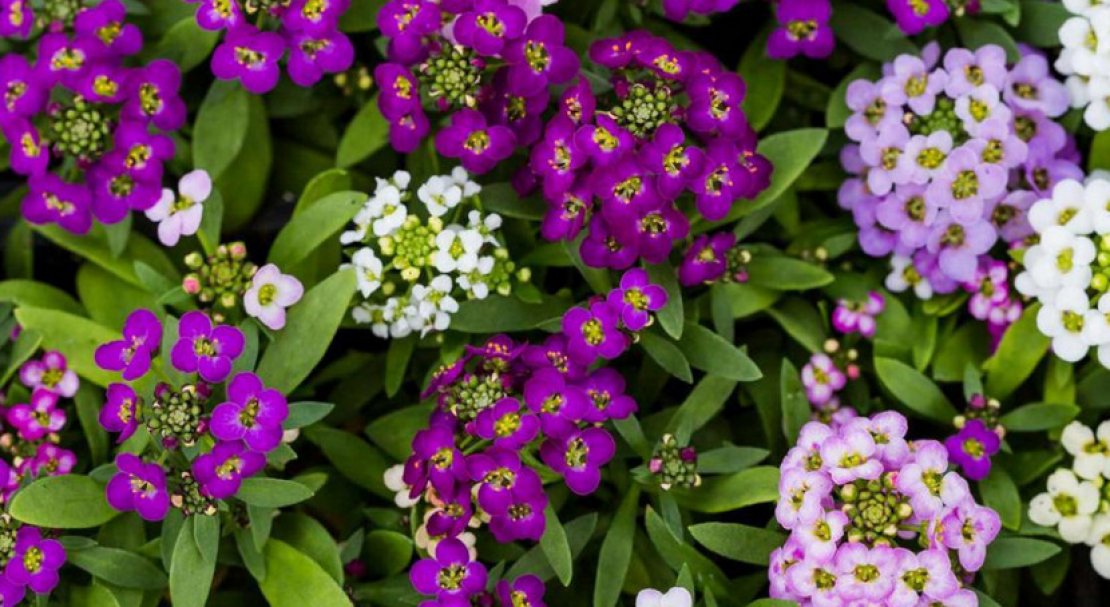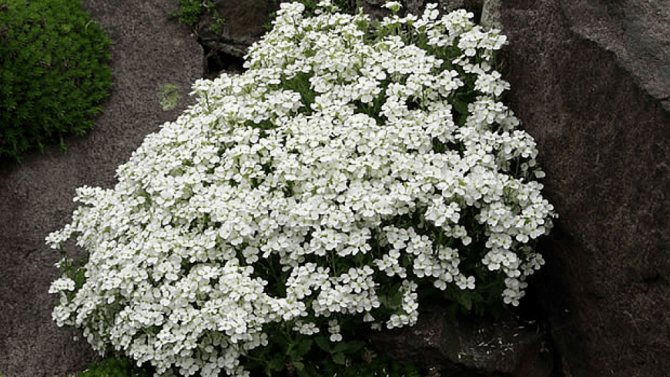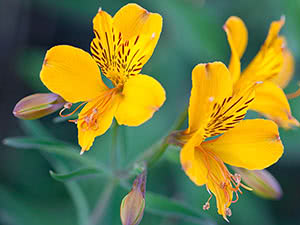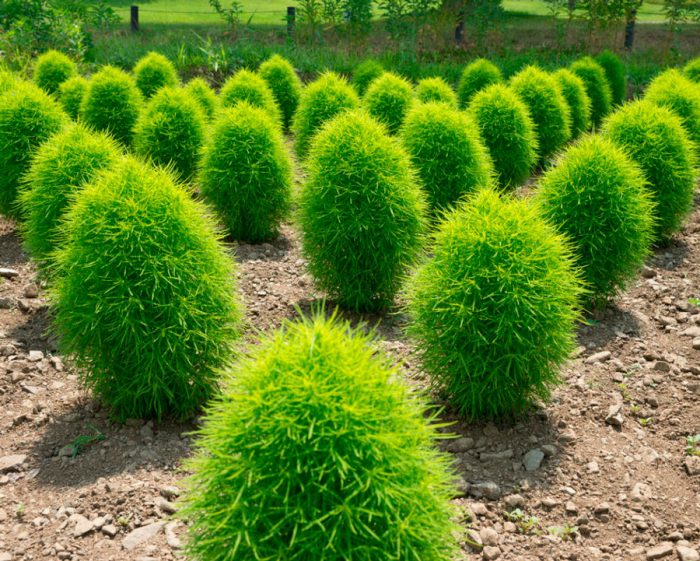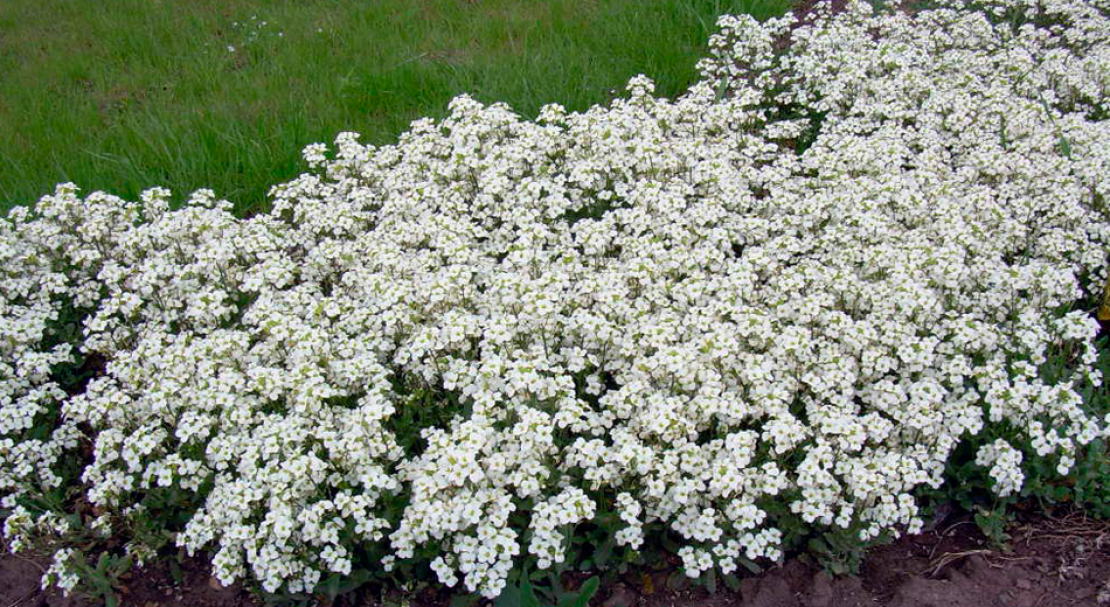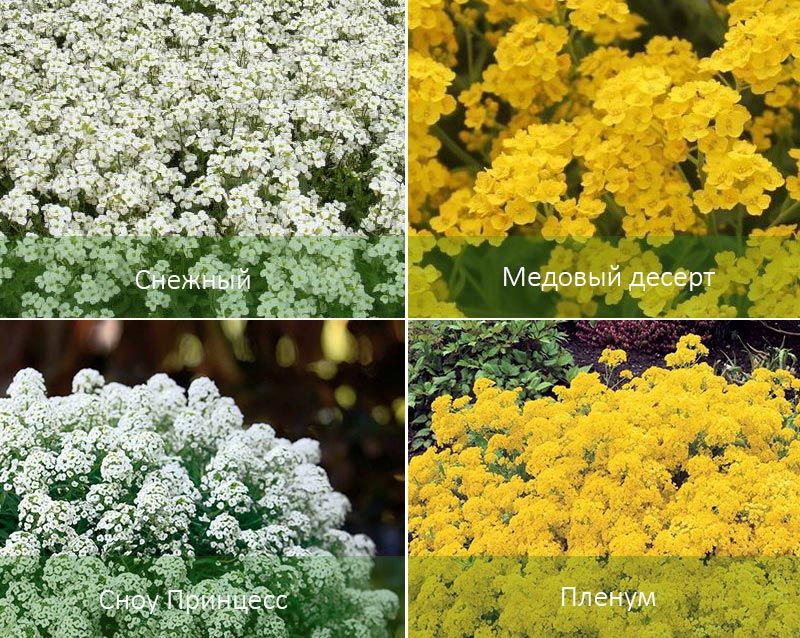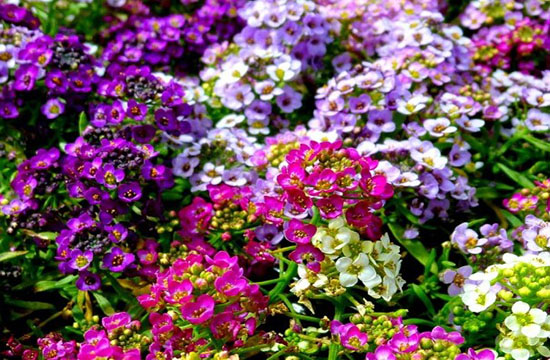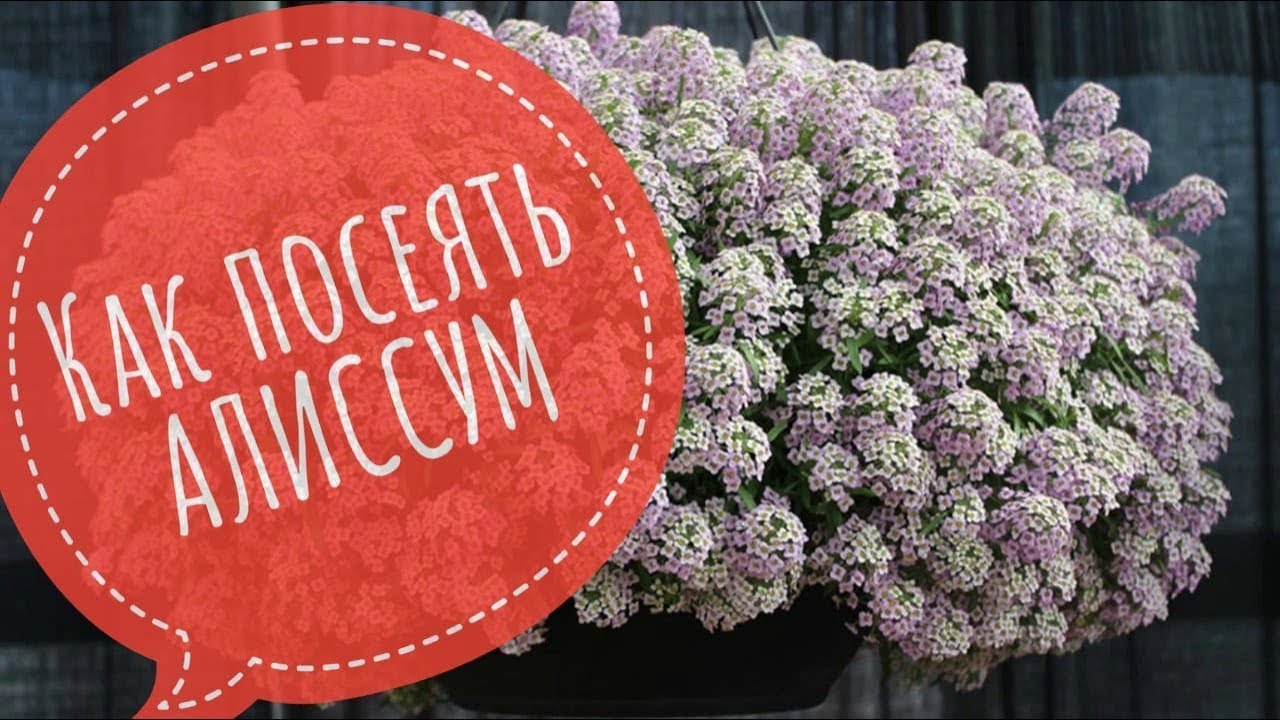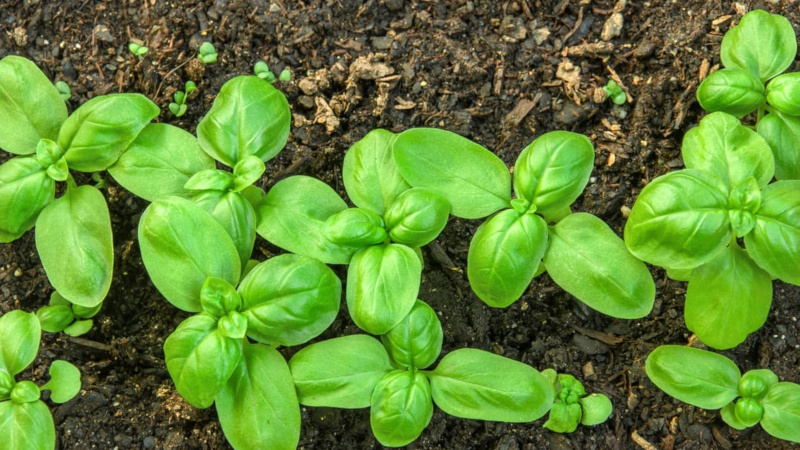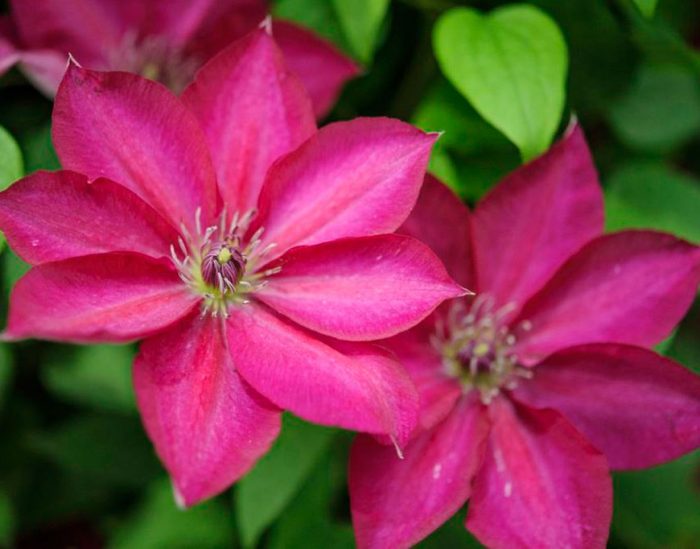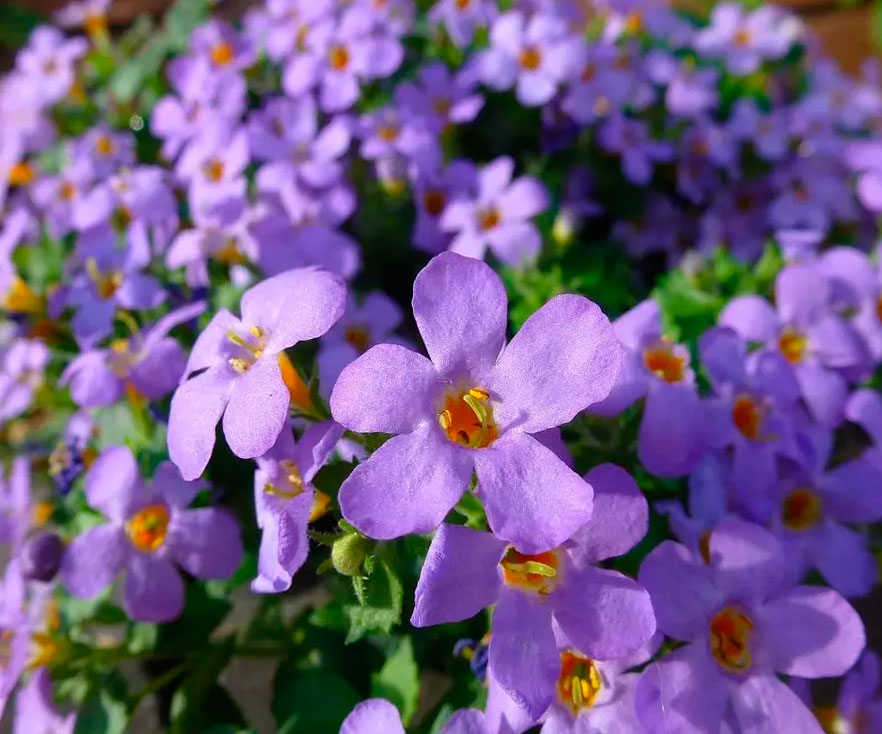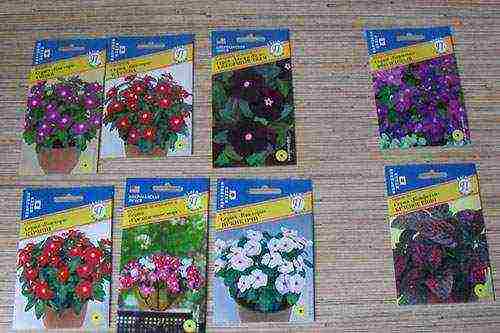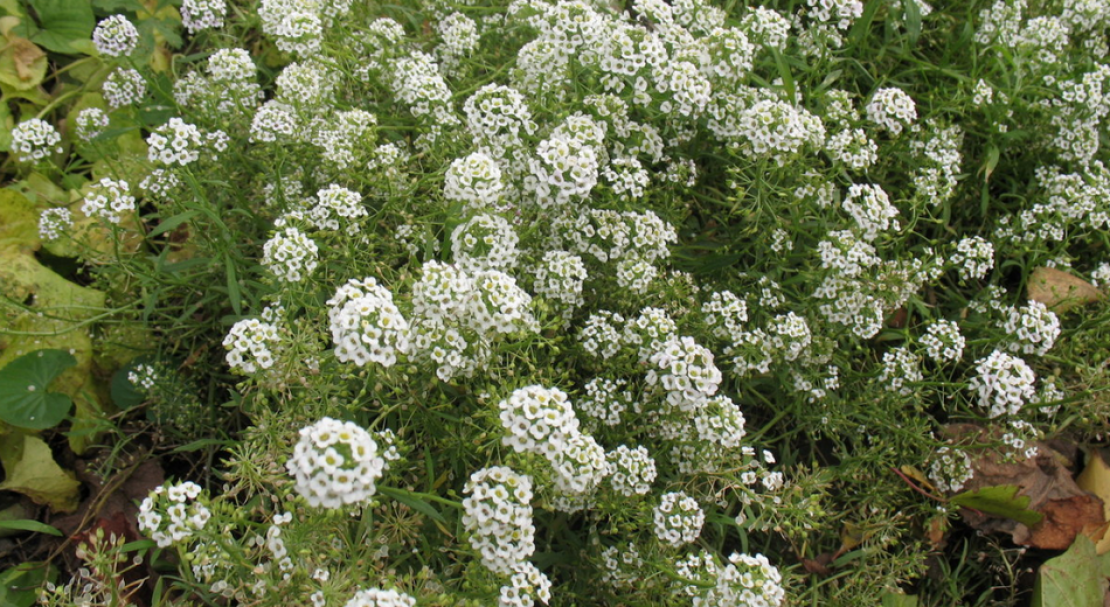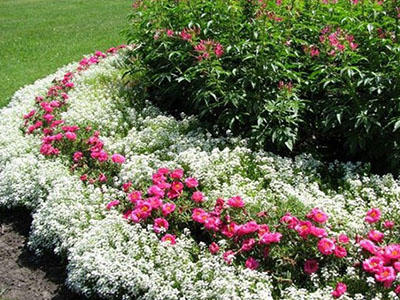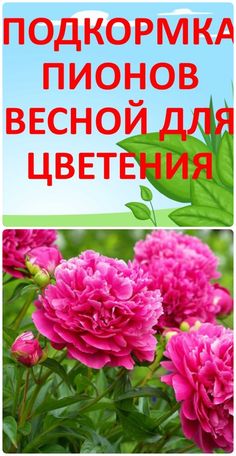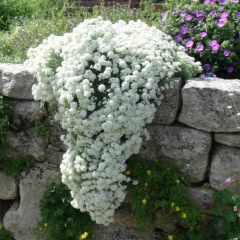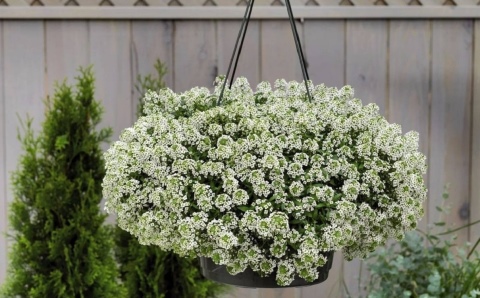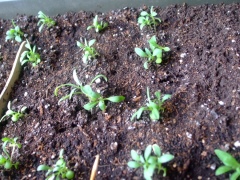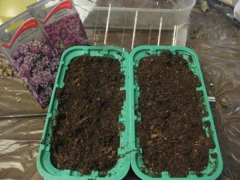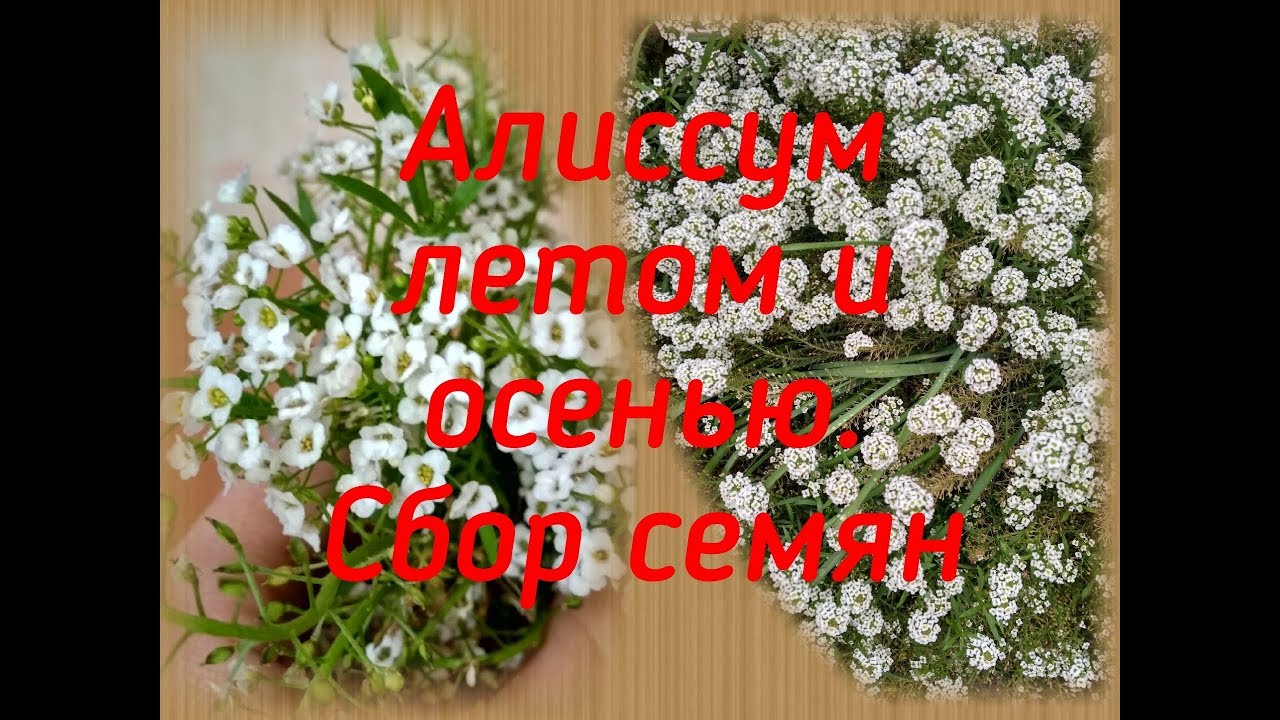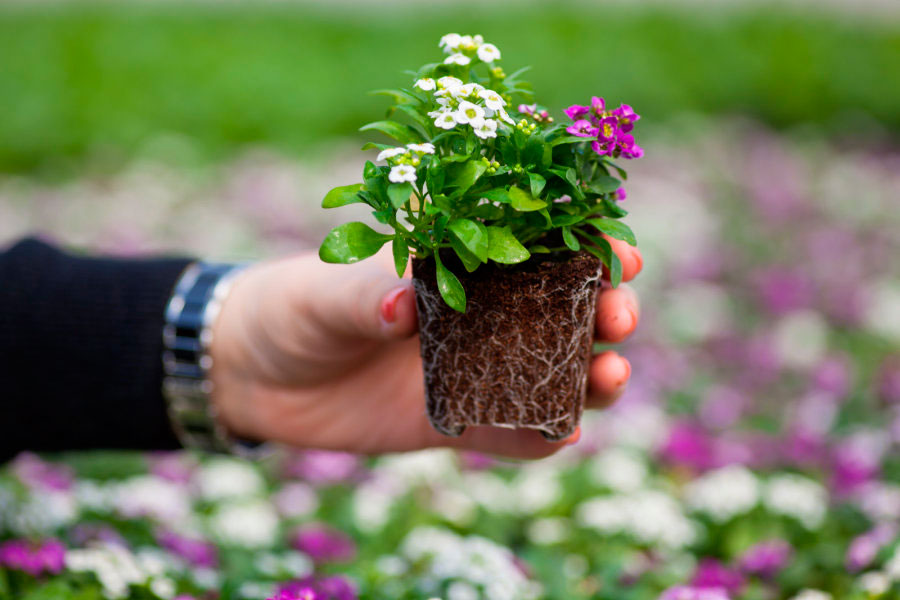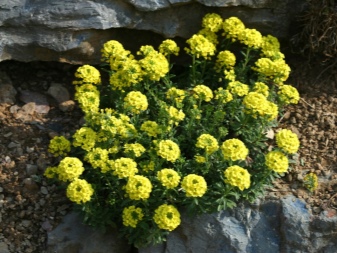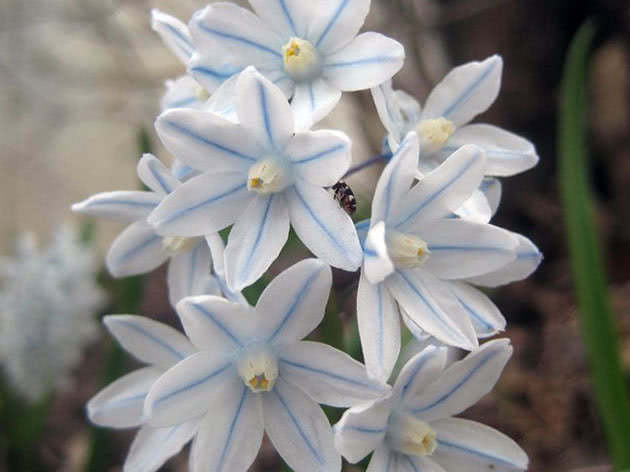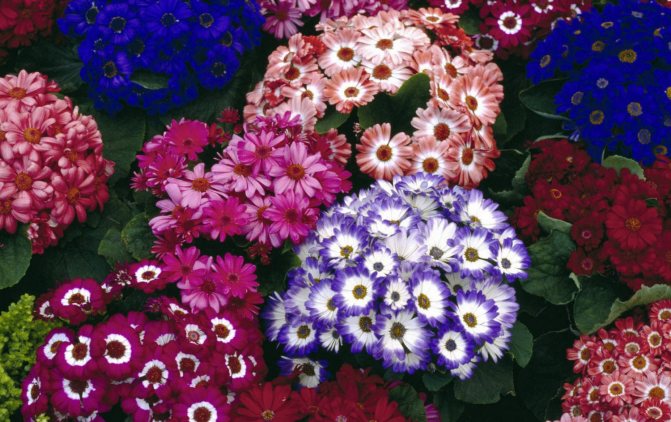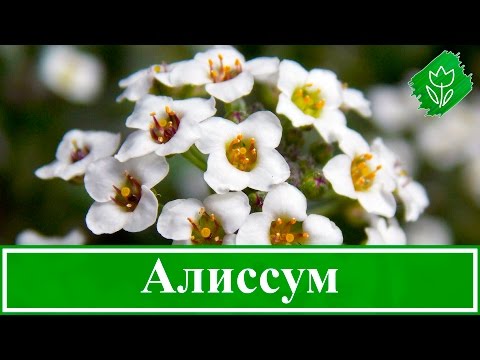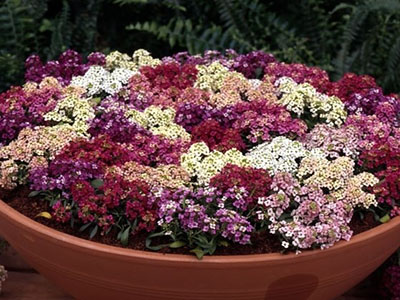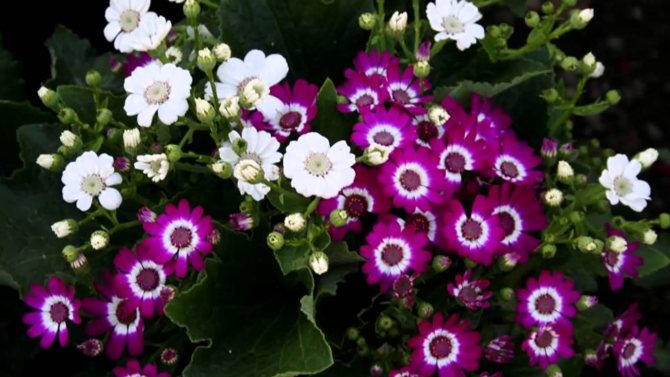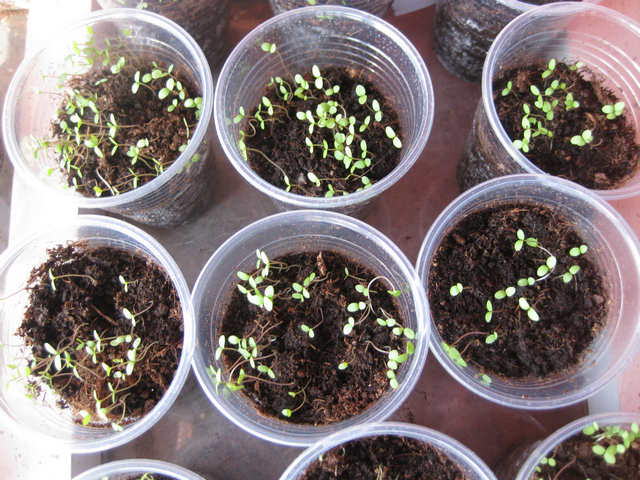Seedling method of breeding alyssum
Experts recommend using the seedling method of breeding alyssum, as a more reliable one, allowing you to achieve early flowering. The use of seedlings ensures that the gardener will be able to plant flowers in the selected area without fear that some of the seeds will not sprout and bald spots will form in the flower bed.
1. Collecting seeds
Before growing alissum seedlings, take care of the seeds. Seed preparation should be started in autumn, late September or October. Once the alyssum has faded, collect the dried seed pods. Air dry them for 1-2 weeks. Remove the seeds, separate them from leaves and debris. Use a linen bag or paper bag for storage. Store in a dry, ventilated area. If the seeds have fallen off, sweep them out from under the bushes, clean them of debris. The seeds are very small, it is advisable to prevent them from shedding
When buying seeds, pay attention to the expiration date, the condition of the package
2. Timing of planting seeds
When looking for an answer to the question of when to plant alissum for seedlings, it is necessary to take into account the climatic conditions. In the southern regions of our country, you can start growing seedlings earlier than in the northern regions. It is undesirable that by the time of disembarkation, the seedlings have greatly outgrown. Provide adequate lighting for strong, healthy seedlings. For early plantings, lengthen the daylight hours with additional lighting. In the middle and southern regions, alissum seeds are planted in late February - early March. In this case, the seedlings will get strong enough by the time they are planted in the ground, they will have time to be covered with flowers. Alyssum will bloom a little later if seeds are planted in April.
3. Soil and containers for seedlings
Alyssum is very unpretentious, it can grow on almost any soil. However, in order to get strong healthy seedlings, it is necessary to take into account some of the requirements of agricultural technology.
The best soil for alissum should have:
- high drainage properties;
- PH 5.5-6.2; soil acidity
- good breathability.
Flower shops offer special soil for flowering plants, you can prepare it yourself - take one part of grain, leafy soil and humus, mix with two parts of coarse river sand. The addition of charcoal and pine sawdust will improve the drainage properties of the soil.
The root system of alyssum is compact, the roots are located near the surface. Prepare wooden or plastic shallow containers with drainage holes.
4. Planting seeds
To get good Alyssum seedlings, follow the recommendations of the experts:
- Moisten the soil before planting the seeds, it should not be wet, but damp.
- Spread the seeds evenly over the surface, press them lightly into the soil with the palm of your hand.
- Cover the container with glass or plastic. This will keep the temperature and humidity constant. Seedlings will appear in about a week.
- Remove the film for a short time every day to remove condensation and prevent rot.
- Place the container on a windowsill on a sunny side to provide sufficient light. If you sowed seedlings in February, arrange additional lighting, turn on the lamp in the evening. If there is not enough light, the seedlings will stretch out, be thin and weak.
- Water the seedlings as needed when the soil surface is dry.
- After the appearance of 4–5 leaves, the top can be pinched so that the plant begins to bush.At this stage, remove the film, + 18 - +20 degrees is enough for plants.
If the seedlings become cramped, transplant them into separate cups. Use ready-made peat cups, in which you transplant the seedlings into the ground.
Pests and diseases: the fight with folk remedies and insecticides
Since the plant belongs to the Cruciferous class, the Cabbage family, alyssum is annoyed by the same pests as cabbage with radishes. Consider the main harmful insects and try to get rid of them using folk remedies, without using chemicals, so as not to harm the bees.
Cruciferous flea
A rather spoiled appearance of a flower carpet indicates the appearance of a cabbage flea. To fight, use vinegar essence (1 tbsp. L. Per 10 liters of water).

Here is such a harmful insect can be found on the shoots of alyssum
Only adult specimens can be treated with vinegar essence, young plants with delicate foliage can get burns.
If the cruciferous flea has damaged the plant before flowering, insecticides can be used to treat it. Basically, the flea attacks the flowers that have not yet matured, as soon as the plant grows up, it is no longer afraid of such a pest as the cruciferous flea.
White butterflies
It is possible to cope with the caterpillars of the whites only with the help of insecticides, for example, effectively using "Lepidocide". Folk remedies do not give a positive result.

White butterflies cause enormous damage to all plants of the Cabbage family
Chemical insect control agents can and should be combined with mechanical ones - using manual collection of caterpillars, removing weeds, burning damaged parts of plants. First you need to try all kinds of folk methods and only then take up the chemical ones.
White rust and brown rot
Quite dangerous diseases that can completely eradicate plants. If signs of white rust or brown rot are noticed, all plants, along with the roots, must be removed from the ground immediately, taken away from the site and burned.
Powdery mildew

A familiar disease to everyone
You look at a plant, and it seems to be sprinkled or powdered with some kind of flour. Often, the disease appears when growing alissum in darkened places along with the thickening of the plantings.
Too thick carpet cannot provide normal air exchange and this leads to disease, as there is high humidity and flower shoots do not dry out.

Compliance with agrotechnical methods of cultivation allows you to grow a huge, creeping carpet from a variety of varieties
In affected plants, leaves turn yellow and fall off. Except powdery mildew fungicides a solution of colloidal sulfur with laundry soap successfully copes.
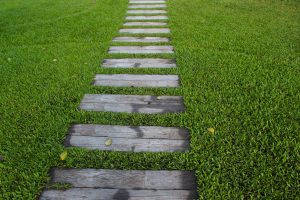
How to make garden paths in the country with your own hands? (80+ Photo options for great ideas) + Reviews
Brief description and photos of popular varieties
Now there are many varieties of alyssum, which differ in terms of flowering, height and size of the ground part, and color of the flower. They all belong to several main varieties. There are more than a hundred popular types. In addition, work is regularly carried out by domestic and foreign breeders to obtain new products.
Alissum rocky (Al. Saxatile)
The height of the stem part ranges from 28–30 cm, and the foliage is preserved even in the cold winter period. Paniculate flowers. Early flowering, but short-lived (April - May).

Low-growing variety Compactum with a height of the aboveground part of no more than 17-18 cm
- Medium-sized variety Plenum with a stem height of just over a quarter of a meter, with double flowers of golden yellow color.
- Dudley Neville cultivar with a maximum height of 15-30 cm, with yellowish-brown flowers.
- Variety "Gold placer" is a strongly branched ornamental plant with a height of the aboveground part of no more than a quarter of a meter, with dense and racemose inflorescences.
Alissum sea (Al. Maritium)
In conditions central Russia is grown in an annual culture. The height of the above-ground part does not exceed a quarter of a meter with a shoot length of no more than 40 cm. The stem part of the plant forms compact and undersized rosettes.
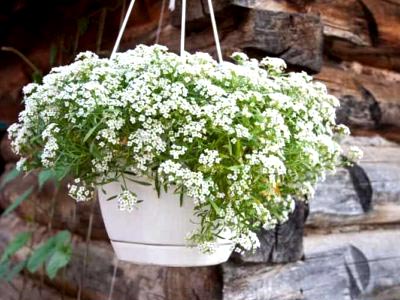
Flowering occurs from May until frost
- Variety of Bentham variety "Weiss Riesen" with a maximum height of 30–35 cm, with large white flowers.
- Variety "Shneeshturm" varieties of Bentham with a maximum height of 22-25 cm with white and large flowers.
- Variety "Purple Haze" refers to the miniature and long-flowering species.
"Purple haze" forms small flowers and lanceolate foliage on shoots up to 15 cm long
The Ester Bonnet variety is distinguished by its unpretentiousness, cold resistance and drought resistance, with a height of 20–25 cm, with snow-white or lilac-pinkish flowers.
Ampel Alyssum
It belongs to the most decorative species, forming highly branching and long shoots that look spectacular in hanging pots. The inflorescences form a large and fragrant "blooming ball".
The Snow / White Carpet variety is a miniature annual with a very bright and pronounced honey aroma.

Flowering is observed from July to October
Alyssum white "Snow princesses" blooms all summer, tolerates low-temperature conditions well, has uniform growth and is easy to shape.
Alissum Gmelin or Mountain (Al. Gmelinii)
Perennial and frost-resistant ornamental plant. The branches are creeping and ascending. Leaves with dense pubescence. The racemose type of inflorescences bloom within a couple of months, with the beginning of flowering in the last decade of spring.

Blooms from May for a month and a half, then at the end of August
- The Honey Dessert variety is a highly branched perennial with a height of 23–25 cm, with hemispherical bushes, elongated gray-felt leaves, and small yellow flowers.
- Variety "Golden Wave" - forms highly branched perennial hemispherical bushes up to 30-40 cm in diameter, with yellow flowers. Flowering occurs in the spring for a month and a half, and sometimes it is secondary - in the last decade of August.
Alyssum care

In order for the alissum to form a continuous flowering carpet, a minimum of care is needed.
Seat selection
Alyssum blooms and develops best in open and sunny places. The soil should be loose and light, but not very nutritious, because then the alissum will begin to intensively increase the green mass to the detriment of flowering.
Such growing conditions make it an indispensable plant for alpine slides and rockeries, where they feel great.
Unlike most plants, alyssum will not suffer from excess sun, so it can be grown on the south side, where most plants will be too hot.
Flower beds made up of one alissum of different colors look great.
Also, alissum is an ideal plant for hanging containers and pots, it can be successfully grown on the balcony, on the highest floors.
Planting seedlings in the ground
The grown seedlings are planted in a permanent place in open ground after the threat of recurrent frosts has passed. Because although alissum is a cold-resistant plant, this applies more to adult specimens.
Planting is carried out according to the 20 * 20 scheme, since each sprout turns into a lush bush and if there is not enough space for them, they will quickly fade.
Each hole must be shed with water before planting so as not to plant the plant in dry soil.
If, before planting in open ground, the seedlings were not hardened and accustomed to open air in the first few days, they should be covered with a thin covering material such as lutrasil or spunbond.
Caring for alyssum during flowering consists in carrying out the following activities:
- Timely watering. Alyssum belongs to drought-resistant plants and therefore it is necessary to water it quite rarely, after the topsoil dries out by 2-3 cm.;
- The soil must be constantly loosened, since its air permeability is one of the main conditions for growing alissum;
- Alyssum can be fed several times per season. They are fed only with complex mineral fertilizers, without an increased nitrogen content. Alyssum should not be fed with organic fertilizers.
- In order for flowering to continue all summer, you need to constantly prune faded inflorescences;
- Weeding flower beds is another activity for caring for alyssum plantings.
Post-flowering care
 Alyssum white annual
Alyssum white annual
After the alissum has faded, there are two options for how to deal with it in the future:
- If it was an annual crop, it is removed from the flower bed and sent to the compost pit. You can leave a few plants that will self-sow in the spring.
- If a perennial alissum is grown, then after it has faded it must be cut off by 2/3, the soil around it must be carefully loosened. In this form, he will leave for the winter. Alyssum does not need shelter for the winter, but in case of a snowless and frosty winter, you can cover it with a small layer of fallen leaves.
In the spring, overwintered bushes are examined and all dried shoots are removed. If the plant was not pruned for the winter, then this should be done now, after pruning, the alissum bushes need to be fed.
How to plant flower seeds outdoors?
In order for the seeds to sprout quickly, it is necessary to observe some features of the planting of the planting material.
Soil preparation
The soil must be prepared in advance:
- All roots and weeds should be removed from the planting site.
- The site is cleared and dug up. Fertilizers are applied.
- For ornamental crops, it is necessary to mix the soil with humus in the proportions of 1 part of humus, 2 parts of land.
- After the nutrient mixture is prepared, it is necessary to leave the area for several weeks, and only after that plant the planting material.
Seed preparation
- When planting in spring, it must be placed in the refrigerator for several days to develop immunity before changing the germination conditions.
- After the seeds have passed the hardening procedure, it is necessary to germinate the planting material first. For this, water or a growth activator is used. Hydrogen peroxide mixed in proportions per liter of water 1 tablespoon can be used.
- The planting material is placed in the solution for several hours, after which it is dried and planted.
- The advantage of this method is the fact that the seeds are additionally saturated with oxygen and all harmful microorganisms are destroyed.
Planting seeds
Planting seeds in open ground is carried out according to the following algorithm of actions:
- a few days before planting the plants, it is necessary to water the area and loosen it after it dries;
- make holes of shallow depth and distribute the seeds evenly. If the plant is tall, a distance of at least 1-2 cm is observed between the seeds;
- sprinkle with soil and tamp lightly.
The planting site is watered with warm water. After climbing, the selection of strong seedlings is carried out, the rest of the seedlings must be removed.
10. Varieties and types of statice:
10.1 Statice German
Attractive flowering perennial 40 - 50 cm high with very delicate inflorescences - spikelets. A distinctive feature of the plants are white small flowers with a dark center and pointed petals. In shape, the buds resemble miniature stars.

10.2 Statice notched - Limonium sinuatum
Herbaceous plants 20 - 30 cm high with erect shoots, at the top of which panicle inflorescences are formed with flowers of purple, blue, yellow, pink, white or blue hue. The flowering period begins in the first half of summer and lasts for several weeks.

10.2.1.Crystal Dark Statice
A very popular cultivar among florists, it is a perennial plant up to 90 - 100 cm high with vertical stems.The flower calyx is painted in a rich purple hue, while the corolla remains light - white.
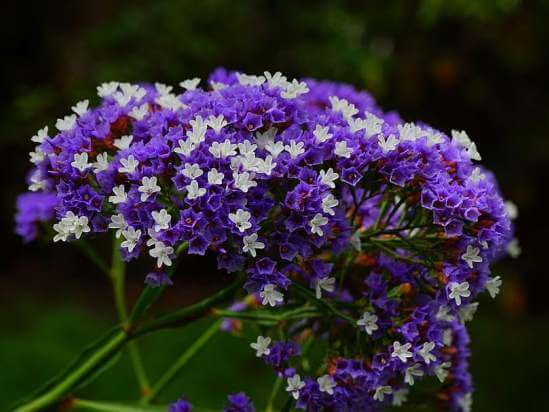
10.2.2. Statice Keys Rose - QIS Rose
Blooming perennials up to 80 cm high with bright inflorescences consisting of numerous pink buds. Plants bloom in the first half of summer, well retain the color of the buds after drying.

10.3 Statice of Suvorov - Limonium suworowii
A spectacular annual bush has emerald green, broadly lanceolate leaves, collected in a basal rosette. The main decoration of plants are numerous branched inflorescences with small pink, lilac buds. In height, this statice reaches 60 cm, blooms in June - July.
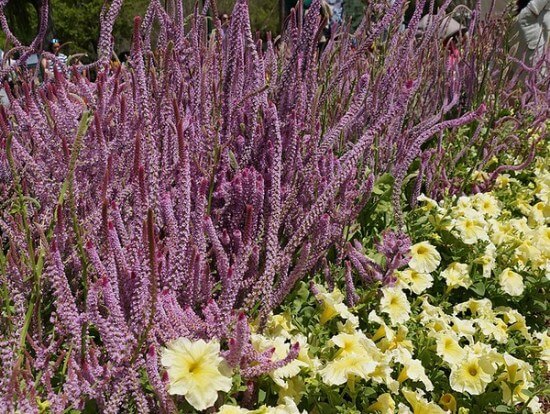
10.4 Statice of Gmelin - Limonium gmelinii
Delicate perennial from 60 to 90 cm high with a leaf rosette, consisting of oblong, whole-edged green leaves. During the flowering period, it decorates itself with many branched, airy inflorescences, consisting of miniature lilac, pink or white buds. The flowering period begins late - often in the second half of summer.

10.5. Broad-leaved kermek - Limonium latifolium
The second name of this species of plants is sea lavender. These perennials reach a height of 60 - 70 cm and in the second half of summer they form large inflorescences with bluish or lilac flowers.

10.6. Kermek Perez - Limonium perezii
Evergreen perennial shrubs, reaching a height of 60 - 90 cm. A characteristic feature of the species are large, brightly colored inflorescences, consisting of purple funnel-shaped buds with white corollas. The leaves are green, fleshy, reaching a length of 30 cm.
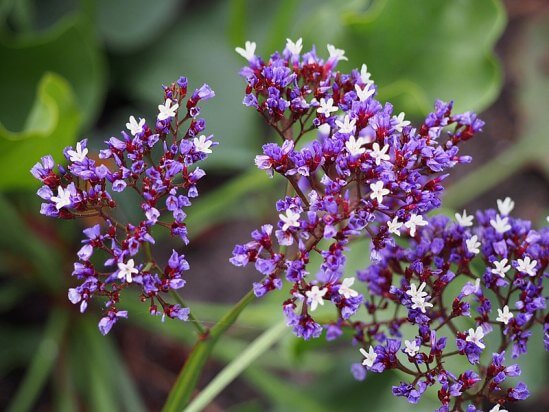
You may also be interested in:
Alyssum - care
There are some tips to keep in mind in order to preserve the beauty of this flower.
- Top dressing. After planting after five weeks, it is recommended to water the bushes with a solution of potash and nitrogen fertilizers. When the period of active growth and flowering comes, take care of the nutritional value of the soil. You can use the following composition: dissolve 1 tbsp in 10 liters of water. spoon of urea and "Agricola-7". Annual species need repeated fertilization and during the summer period there should be about four additional fertilizing, and the first is carried out before flowering. You can use a complex fertilizer, 20 g per 10 liters of water. In order to preserve the flowering of alyssum longer, when planting and leaving in the open field, they imply the reuse of complex additives, but in this case, 40 g is taken for 10 liters.
- Watering. If a fertile and nutritious soil was chosen for the cultivation of perennial varieties and the level of precipitation in the summer period is not lower than average, then additional watering can be completely excluded. The thing is that with an excess of moisture, the root system will get wet and the shrub will die. In the dry season, in order to preserve the decorative effect of the alyssum flower, care includes additional watering. When planting annual species, regardless of weather conditions, it is necessary to systematically moisten the soil and in large volumes.
So that alissum does not get sick, planting and care in the open field should be carried out according to all the rules, otherwise, in the absence of fertilizers or sanitary pruning, and even excessive watering, various diseases may appear:
The most common problem is late blight or brown rot. This problem occurs if watering recommendations are not followed and the ground begins to sour. As a result, the root collar rots, and the alissum dries up. To cope with this problem, completely treat it with fungicides, for example using Ordan or Cuproxat. You should refrain from watering for a while.
Another problem for alyssum is powdery mildew, which appears on the leaves and forms a white bloom on them. As a result, they turn black and die off. The problem arises if the shoot was too pruned or if a large amount of nitrogen fertilizer was added to the soil.Another reason is sharp and strong temperature changes. To cope with powdery mildew, you can use Bordeaux liquid or fungicide, for example, "Fundazol".
In order for alyssum to grow well, planting and caring in the open field implies the use of pest protection. A flower can die from a cruciferous flea, cabbage moth or turnip white
It is important to immediately start treatment using special chemicals.
Application in landscape design
Due to its unpretentiousness, alyssum is often chosen for decoration in rock gardens. Here the plant thrives very well even in direct sunlight.
The flower is also used to mask those plants that have faded earlier.
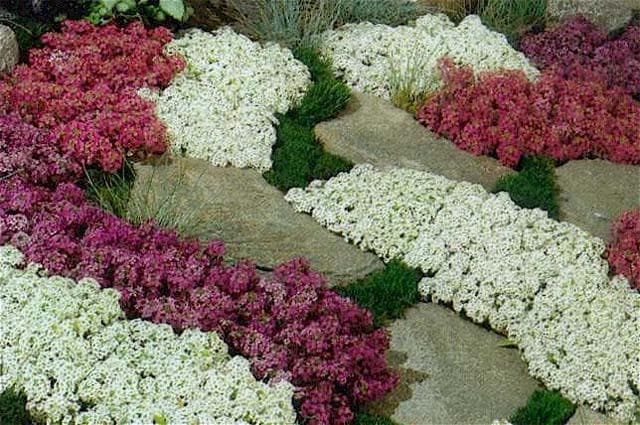
Application as a carpet plant
Alyssum is often used as a carpet plant, which looks unusually beautiful during the flowering period, as well as after it, due to the decorativeness of the leaves. Often the plant is planted between slabs, paths, curbs, in flower beds and in flower pots.
For more information on growing flowers in concrete pots, see.
Experienced florists recommend alyssums as an excellent plant for group plantings. Its flowers create an unusual contrast with other plants and complement the overall picture qualitatively.
Alyssum is often planted in a group with tulips, phlox, irises, forget-me-nots.
Do not forget about the strong aroma of alissum, thanks to which the plant is highly valued among beekeepers. The pronounced honey aroma of flowers attracts a huge number of bees, due to which other plants are pollinated.


